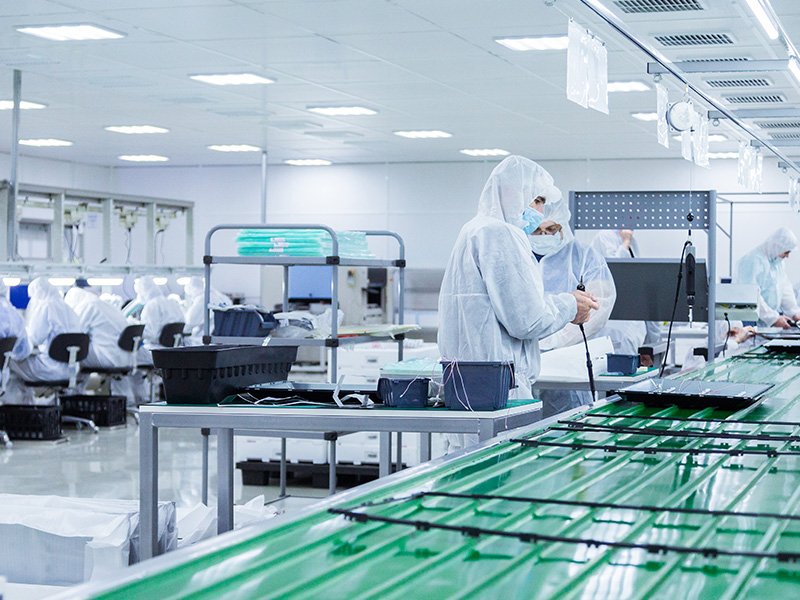Copyright © 2024 - INNOVAVE. All Rights Reserved.
Precision-engineered cleanrooms for flawless performance and ultimate purity
Cleanroom design is a critical aspect of various industries where maintaining a controlled environment is essential for product quality and safety. These environments are engineered to minimize contamination and provide conditions suitable for precise and sensitive processes. Here’s a comprehensive look at cleanroom design principles and considerations.

Cleanroom design is vital in industries where contamination control is crucial, including:
Effective cleanroom design combines engineering principles with rigorous standards to create environments that support high-quality and reliable outcomes. By focusing on contamination control, environmental conditions, workflow optimization, and adherence to standards, cleanroom design helps ensure that processes and products meet the highest levels of quality and safety. we also deliver all types of cleanroom solutions with ISO standards

Are you facing issues in Temperature, Relative Humidity, Room Pressure & Room Particle Count?
Contact us for support

WhatsApp us